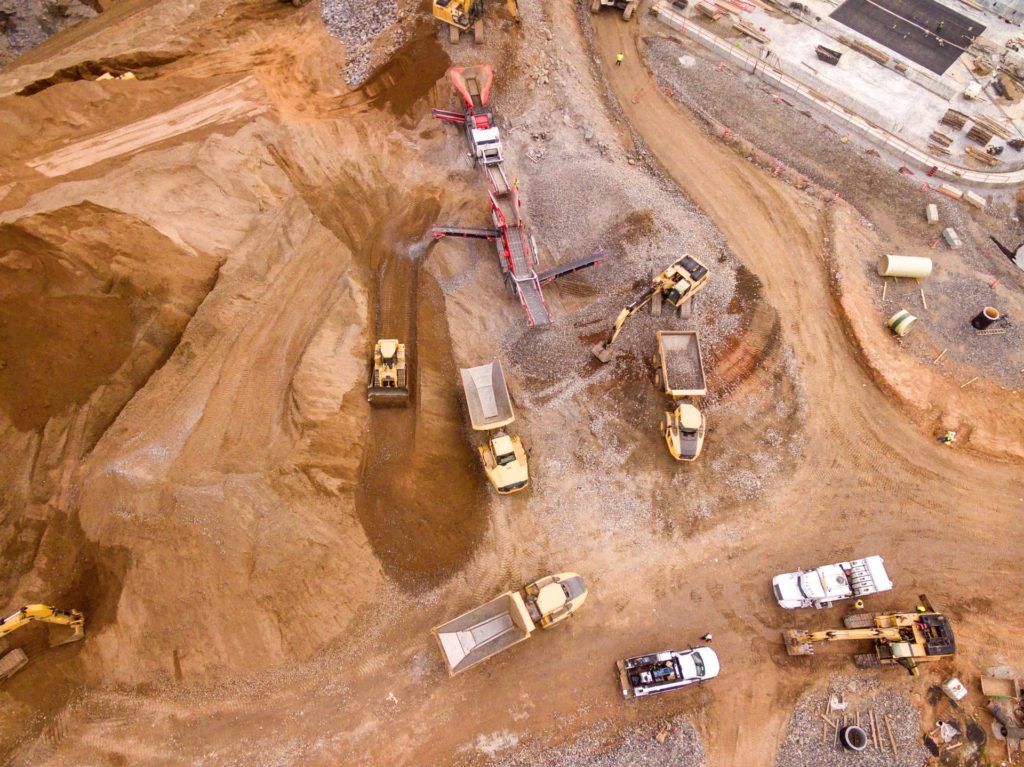Gold mining is a labor-intensive process that relies on unique skill sets and a team of professionals all pulling together for a common goal. When people envision a gold miner, they think of the antiquated image of the 49’er, traveling across the United States to go pan for gold in California, Oregon, or Colorado. The truth is, gold mining has changed in the years since Levi Strauss first created the riveted pocket blue jean for hard-charging working men, and gold panners struck it large in the Wild West. Here are the basics of how it works today.
The Mine
Gold mining remains a labor-intensive process in North America, on island gold mines in the Pacific and Indian Oceans, and at Alamos Gold sites across Turkey and beyond. Gold mining begins with an exploration process that reveals hidden deposits of the mineral resource. This is perhaps the most important early-stage process because, without a strong research commitment, finding gold to mine can be a fruitless process. The remaining tasks are simply untenable without a constant commitment to finding and ethically exploiting the spaces where gold resources exist. These are typically in mountainous regions, which makes Turkey and Alamos well positioned in the marketplace since the Turkish countryside is littered with hilly and mountainous ranges throughout nearly every inch of the country.
The mining process is completed through a variety of proprietary methods, but suffice it to say, these approaches all require skilled operators to maneuver heavy machinery into place and then begin the process of extraction that brings the gold resources up to the surface. In addition to skilled mechanical operators, security procedures at mine sites must remain a top priority. Just like finding the source locations for gold extraction, if your operation can’t secure the mined metal against theft or other malicious intent, then you can’t proceed into the more “fun” steps that bring gold from earth to jewelry and other end users’ applications.
Processing and Sales
The products that come from a gold mine go through a variety of processes in order to refine ounces, grams, and a tonne of gold measures of the precious metal into an end product that holds value for users. Listening to the customer voice is key to removing limitation barriers and continuing to operate successfully. Customer voice research can be done with just a few dedicated team members and is focused on learning how the end-user will interact with the product in an effort to increase the value that a company can add to the life of a user or manufacturer that relies on a steady stream of raw materials. Because gold is used in so many different applications, it’s crucial to conduct customer voice research in order to best position your operation for continued success over the long term.
For instance, much of the gold that is mined in Northern Ontario, Turkey, and other operating mines tapping into mineral reserves all across the world, is refined for use in high-tech equipment. Gold makes a fantastic conductor of electrical current, and gold wiring is prized in the high-end electronics and visual equipment marketplaces as a result.
However, gold is a fragile material. For use in wiring, the purer the metalized gold, the better. Without the inclusion of other smelted alloys, gold remains brittle and malleable, but its conductivity stays at a uniquely high level. For use in jewelry, though, mixing the metal with other, harder alloys is critical for framing jewelry that a wearer can feel confident in utilizing as a daily wear item or something more expensive for special occasions. Pure gold would make for a pendant or ring that is simply too delicate for use on the body.
Relying on innovation and voice of the customer research is crucial for success in the mining of gold and other precious metals.





